Thank you for getting social about animal agriculture! Share any of the following graphics to your social media pages!

Livestock can aid in wildfires by controlling the amount, height, and distribution of grasses and forage that fuel wildfires! https://bit.ly/2EGhud2

Through innovation and new technology, the chicken community has been able to reduce the use of water, land, electricity, and other valuable resources! https://bit.ly/3ywUvAm
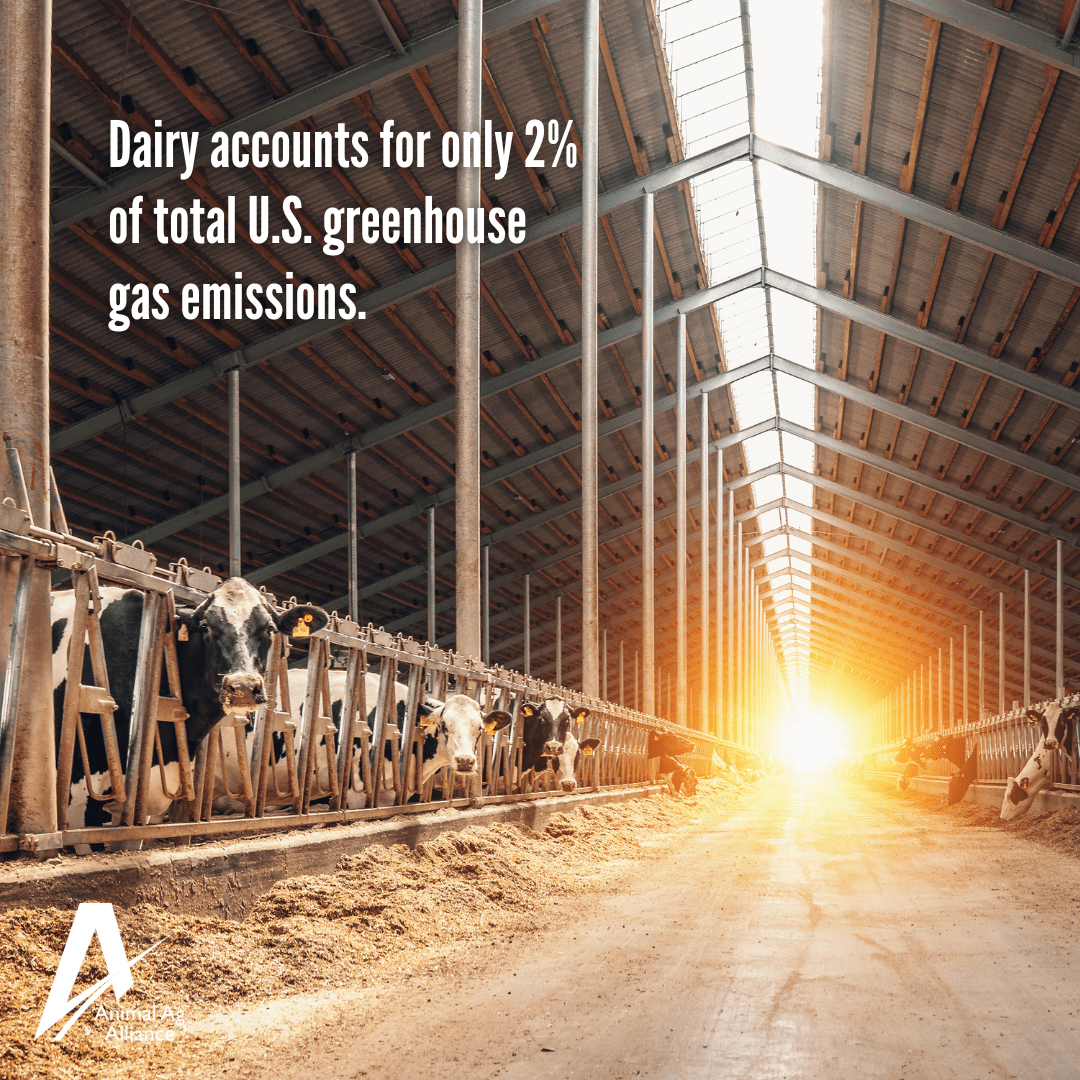
U.S. dairy farmers have progressively used fewer natural resources to produce milk! https://bit.ly/34wTBlx
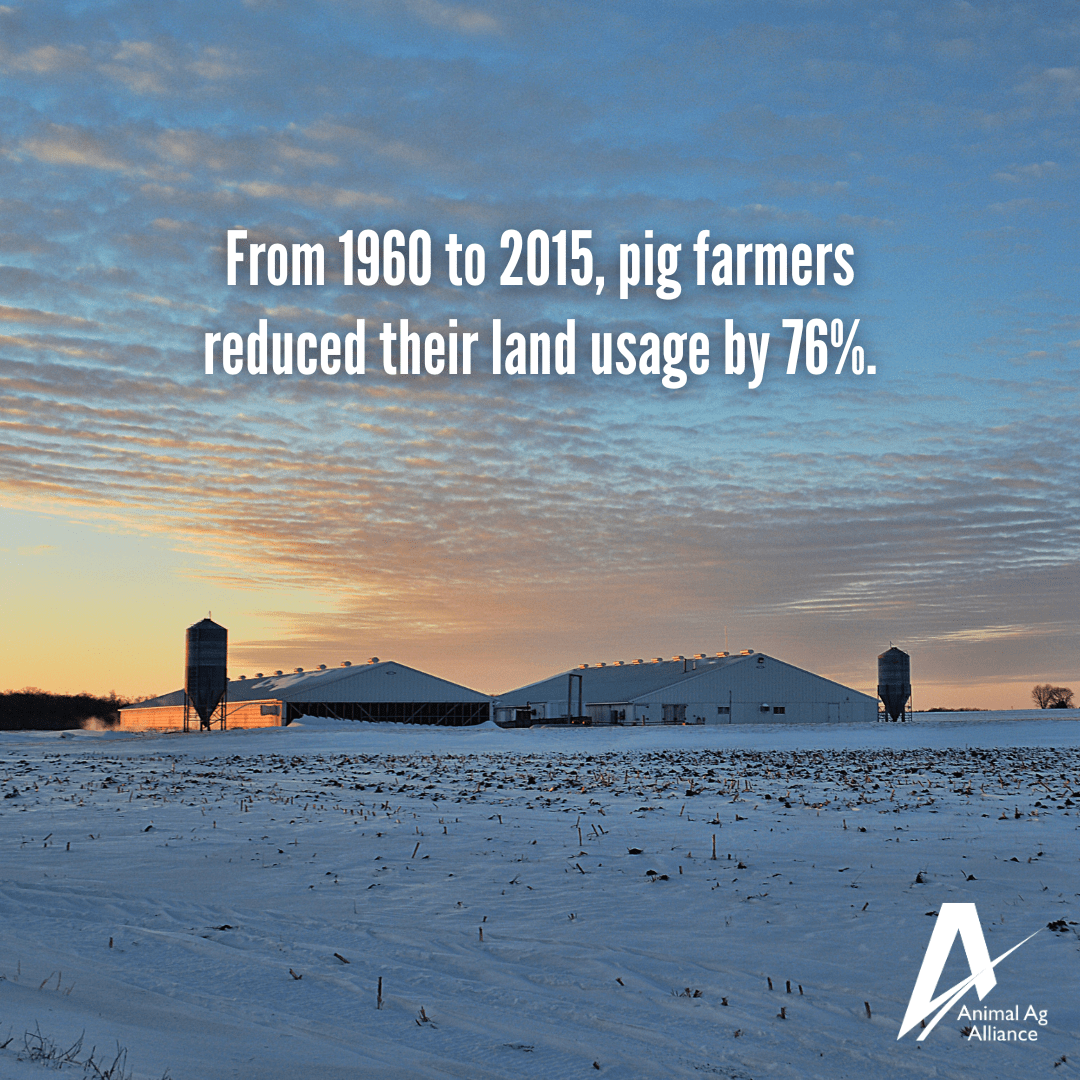
Pig farms are continuously working to reduce their environmental impact, including conserving and reducing land usage! https://bit.ly/2TZTxZB
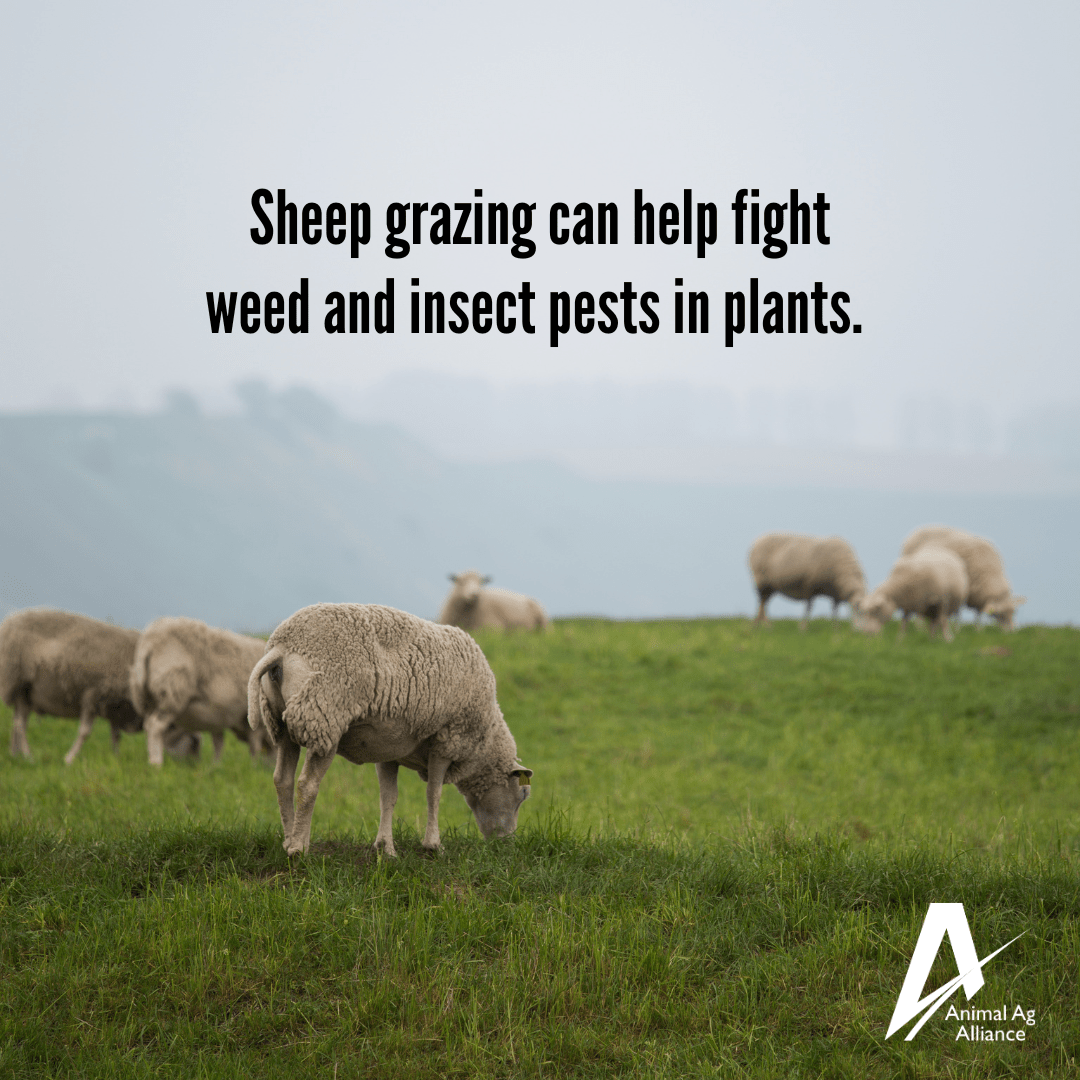
Did you know sheep can be used to help fight weed and insect pest in plants? https://bit.ly/3q2x8x7
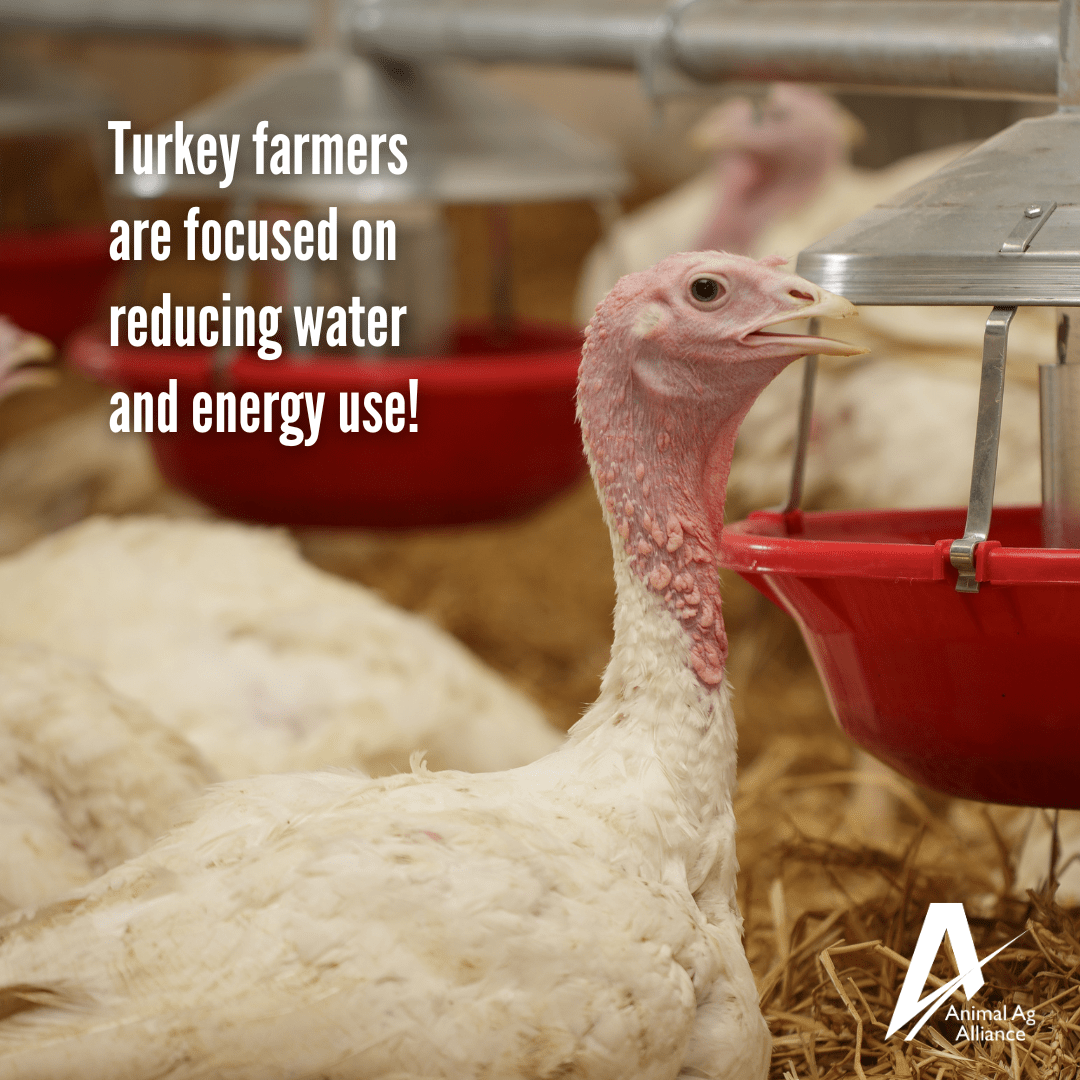
Turkey farmers are committed to safeguarding the environment. They use practices to reduce their environmental footprint such as careful litter management, harnessing solar power, and more! bit.ly/3pf0Ue7
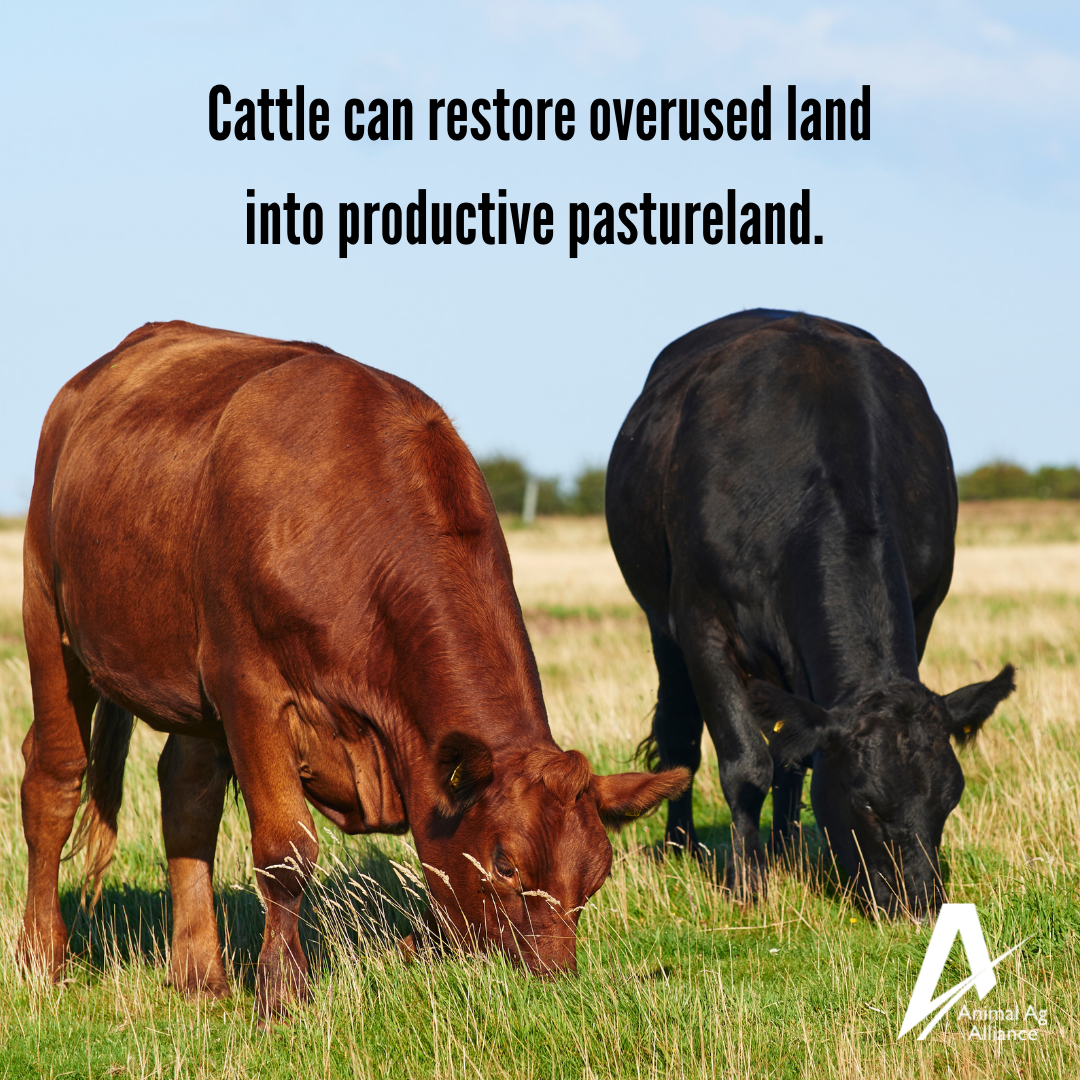
Properly managed grazing can support biodiversity, provide wildlife habitat, enhance carbon sequestration, and contribute to nutrient cycling! https://bit.ly/3AA8wg2
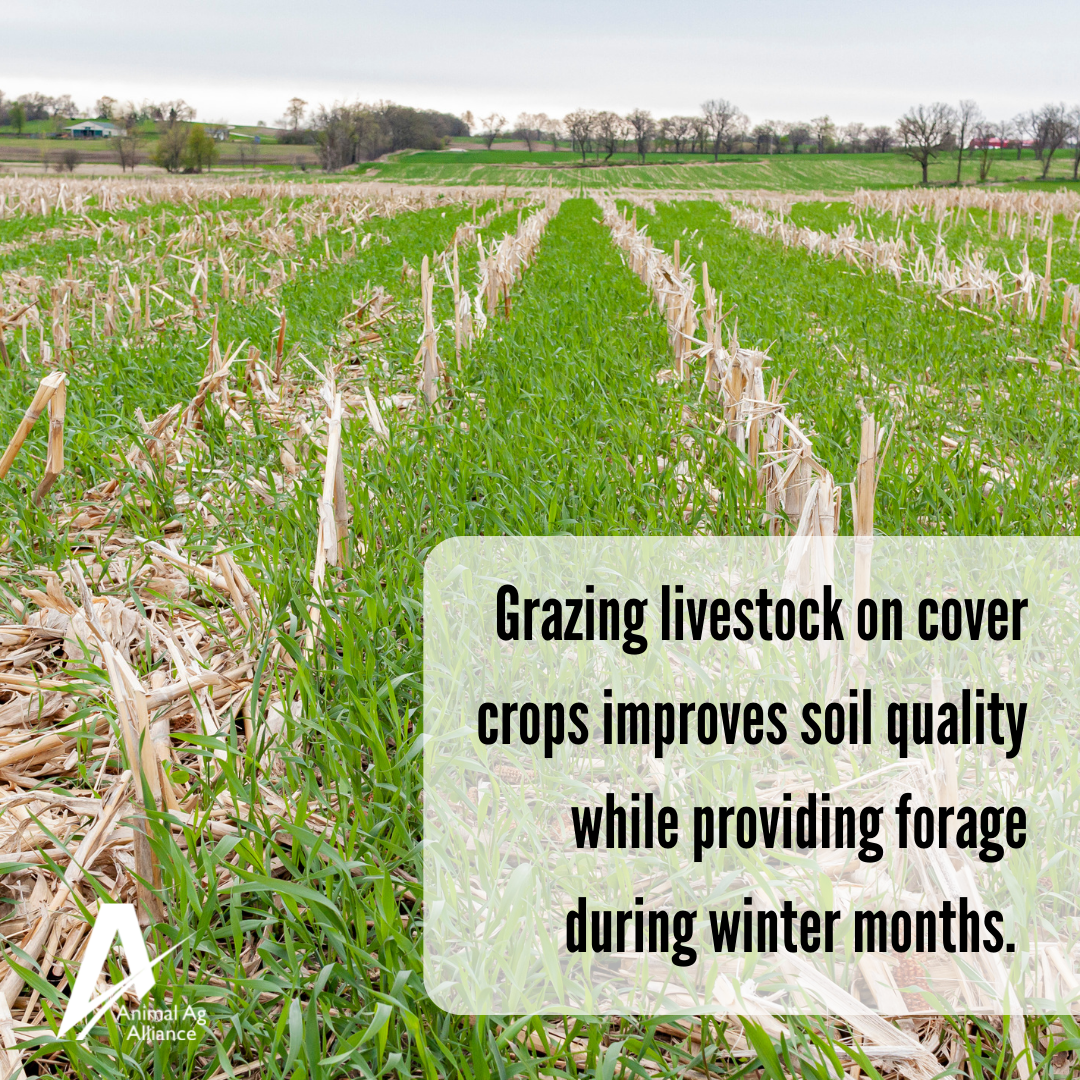
Some farmers and ranchers choose to graze cattle on cover crops during the winter to improve soil health! https://bit.ly/3g2uBdW

By using byproducts from plant agriculture, dairy farmers are minimizing food waste from landfills and reducing overall methane emissions! https://bit.ly/3u6Vjds

Poultry litter is a great low-cost option for an organic, nutrient-rich fertilizer. It can also be dehydrated and pelletized as a slower-releasing fertilizer. https://bit.ly/3ePFCSB

Fish farmers understand their ethical obligation as stewards of land and water. They are continuously working to use water efficiently, make sure their farms are environmentally-friendly, and that when water is used to grow the fish and returned to streams and rivers, it is returned cleaner than when it entered the farm. https://bit.ly/3ADMr05
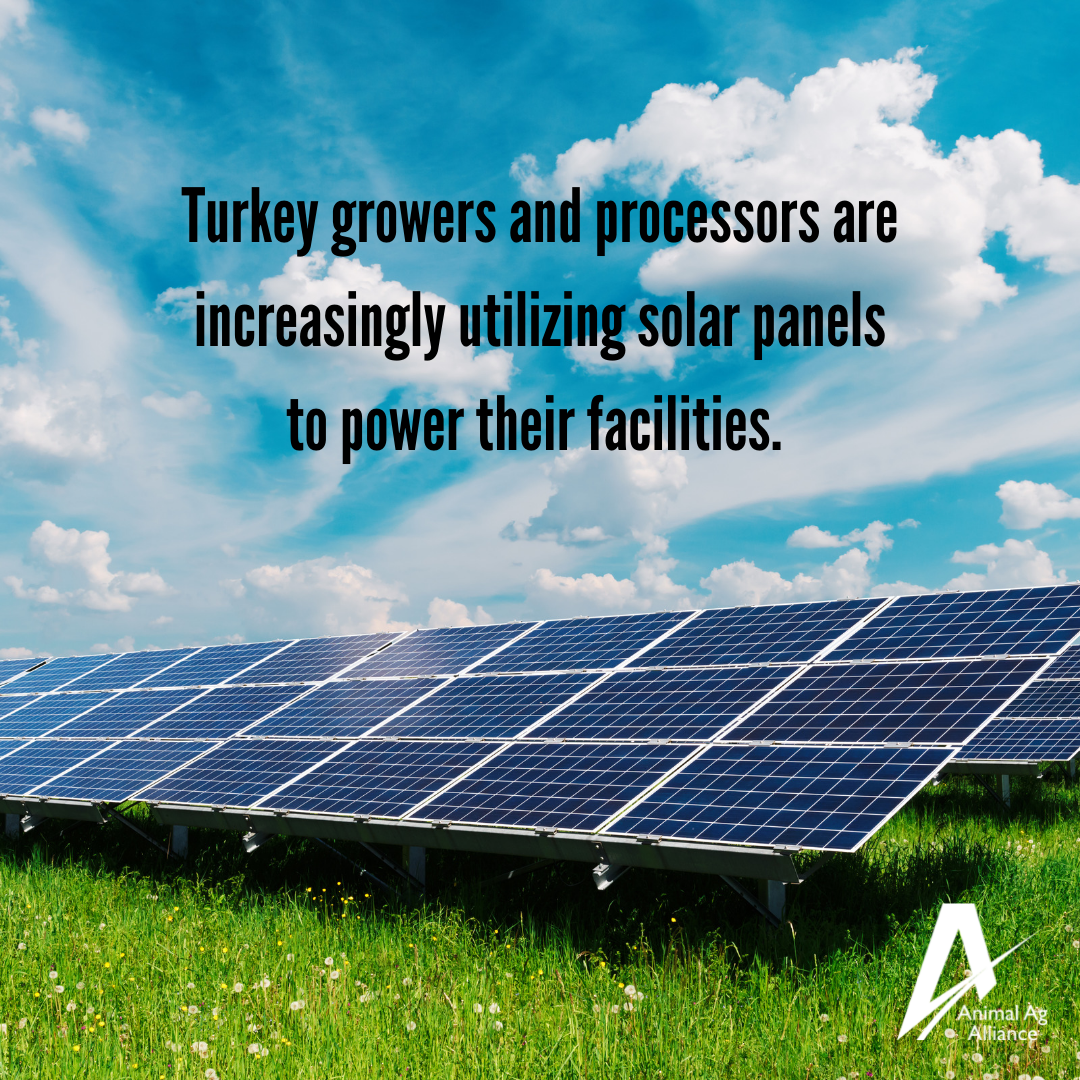
Farmers and processors are using innovative technologies to sustainably raise turkeys and preserve resources, including harnessing solar power, using computer systems to monitor turkey barns, and installing state-of-the-art water management systems! https://bit.ly/3o2GKDK
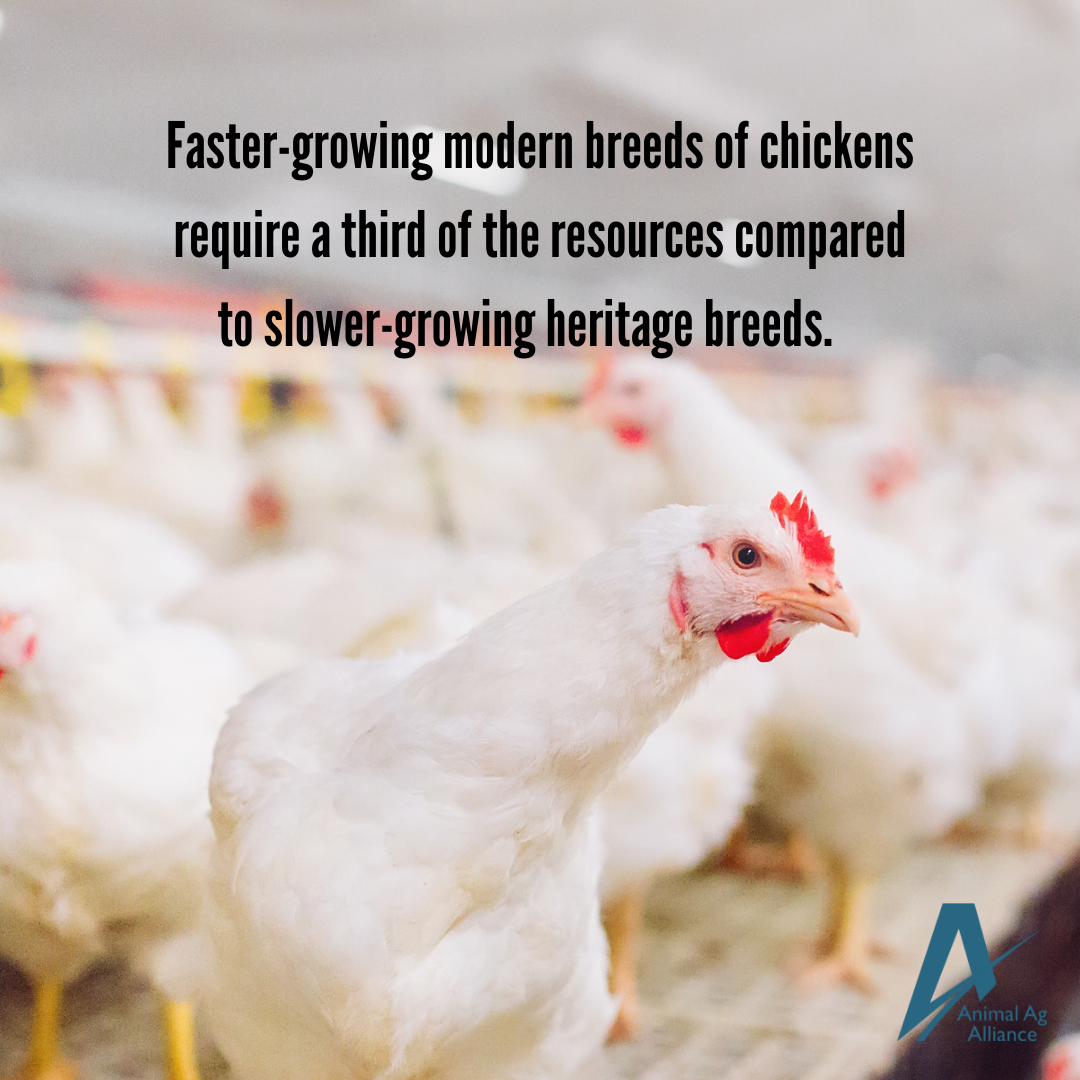
Modern chicken farmers follow practices that reduce the impact on the environment and natural resources. Compared to 25 years ago, today’s chickens now require 7% less feed per pound to grow! https://bit.ly/3KLg6Js

Many cattle ranches implement water conservation and environmental efforts including conducting water quality tests, fencing off streams to protect fish habitat and waterways, and reusing water. https://bit.ly/3IxNpiE
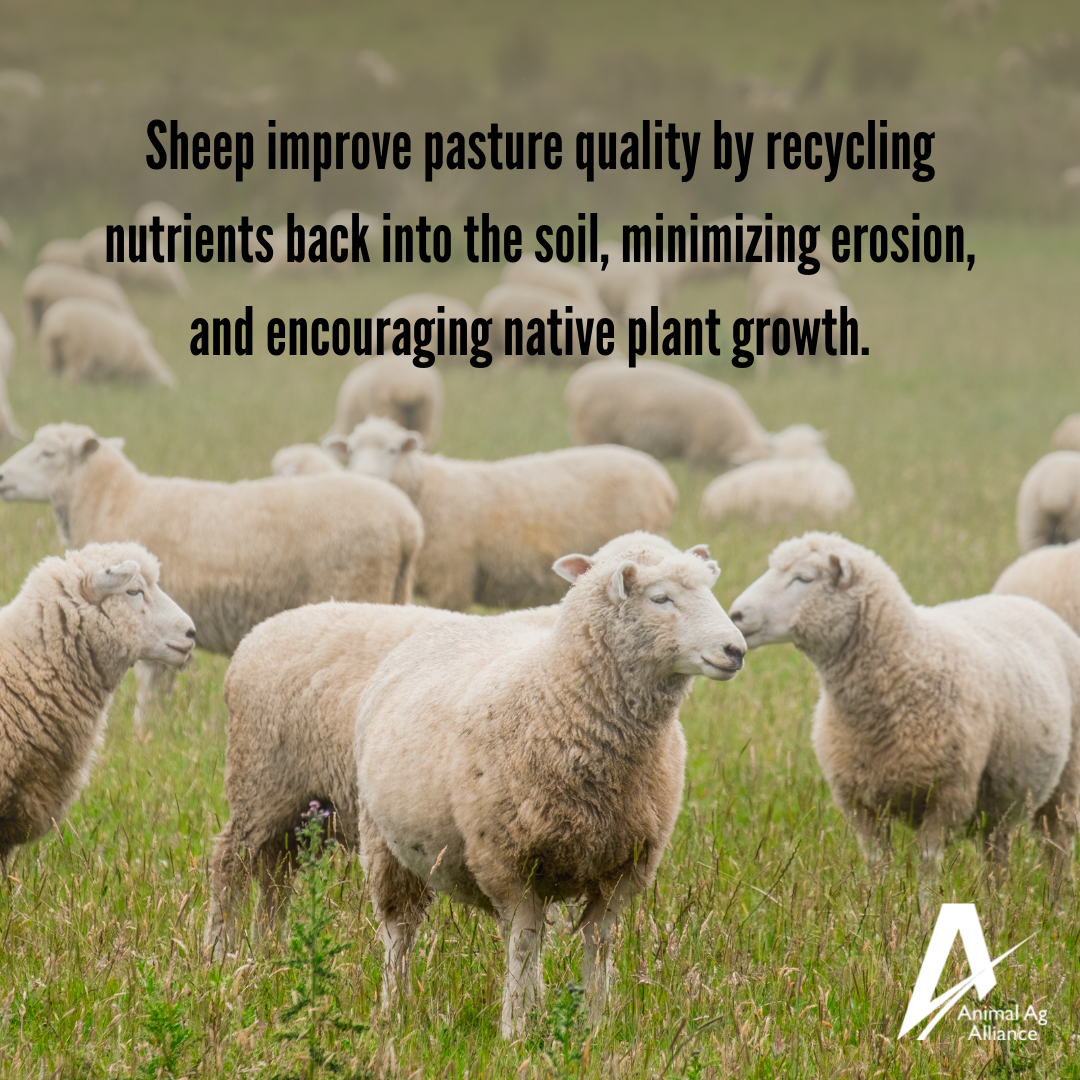
Sheep convert nutrient-dense grasses, legumes, and forage into wool and a healthy protein source that humans can eat! https://bit.ly/3j6n3fh
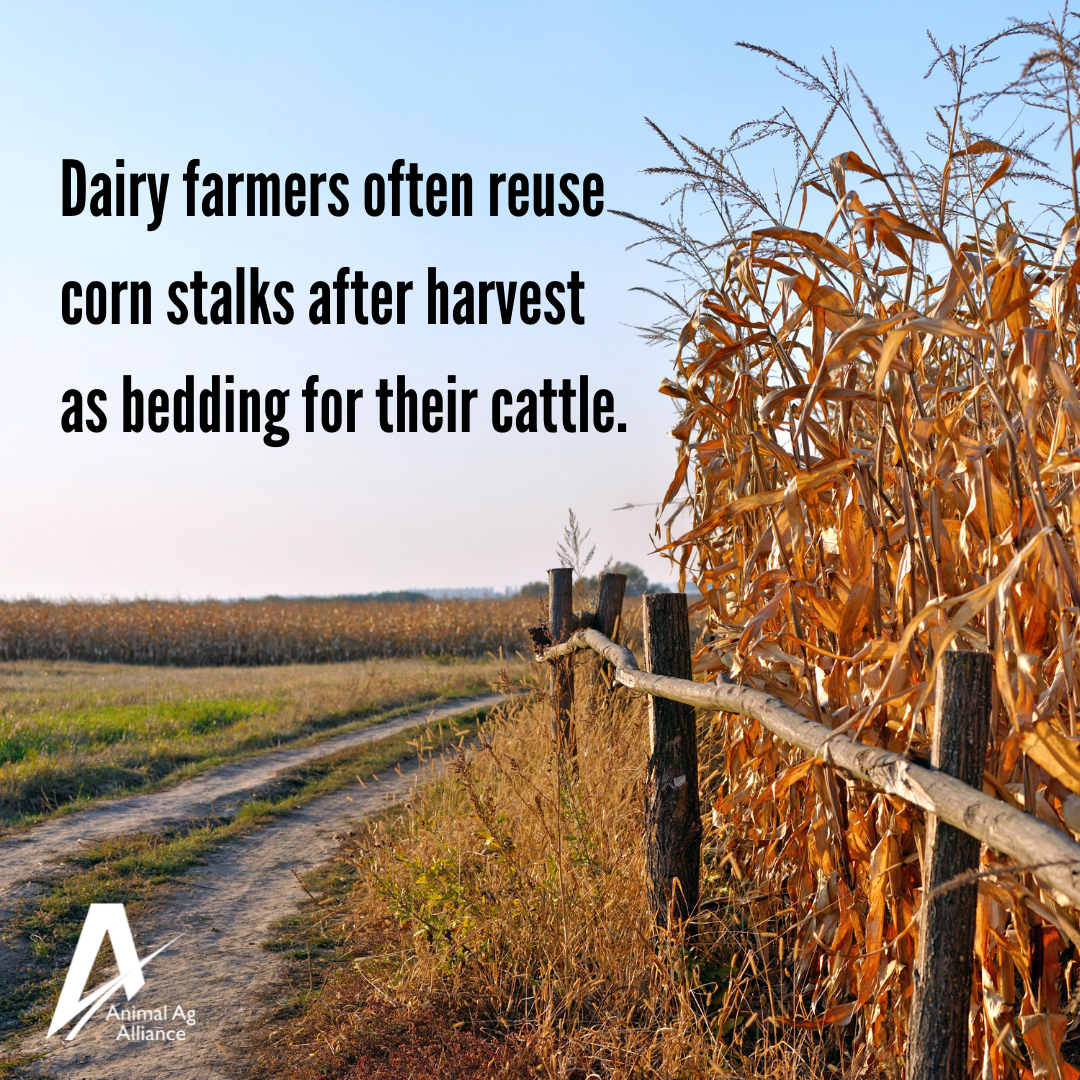
Dairy farmers are incorporating sustainable practices by using what’s left behind after corn and wheat harvest as soft bedding for their cows! https://bit.ly/3AD30JE
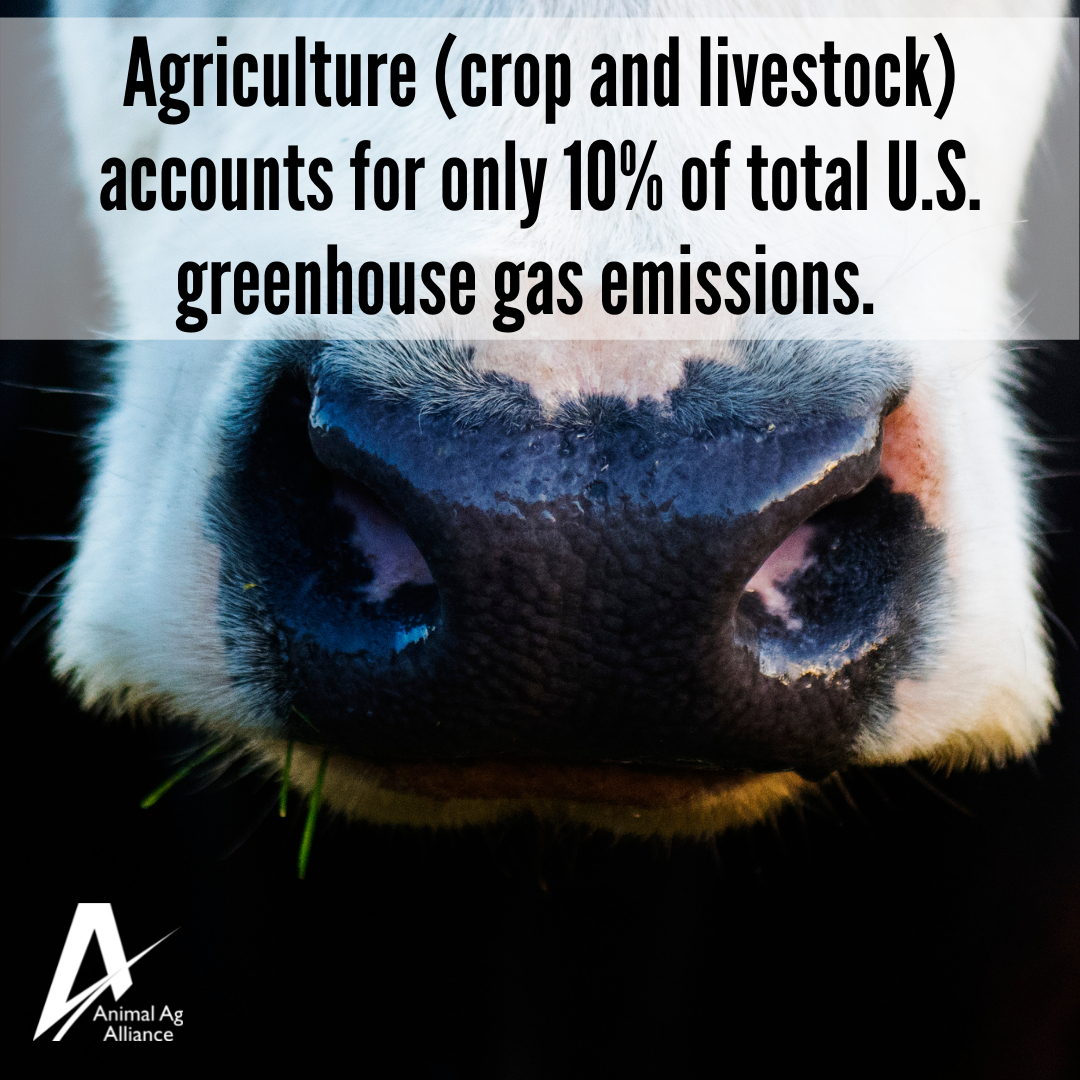
Myth: Animal agriculture is responsible for 51 percent of greenhouse gas emissions.
Fact: According to the 2019 EPA report, agriculture (crop and livestock) accounts for only 10 percent of total greenhouse gas emissions in the United States, making it impossible for animal agriculture to account for 51 percent of total emissions. On a global level, livestock production accounts for 14.5 percent, still proving that animal agriculture is not responsible for more than half of GHG emissions. http://bit.ly/2dvIhRK
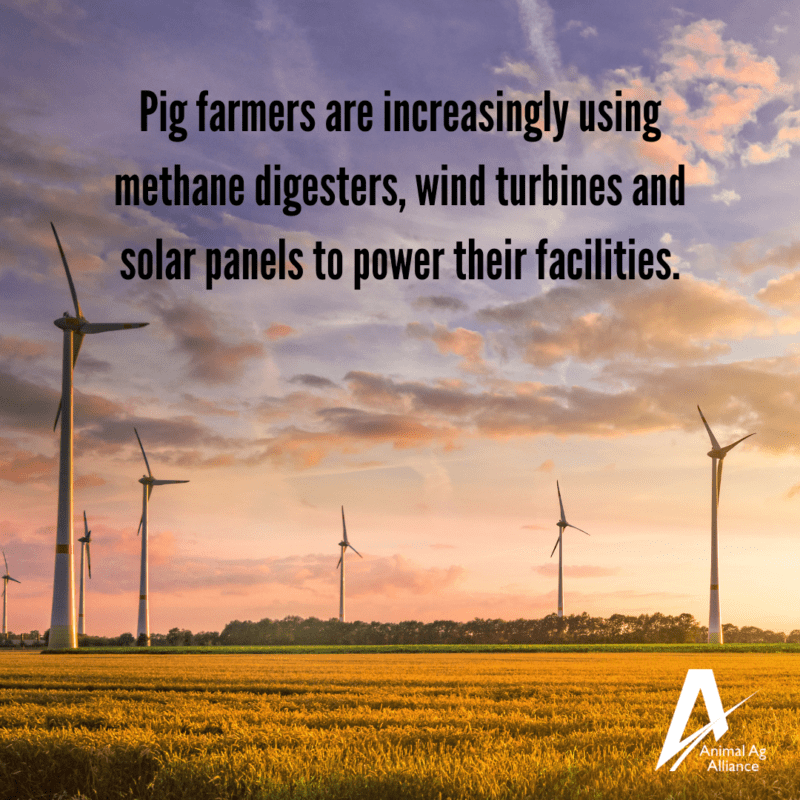
Using renewable resources has been increasingly popular with pig farmers with some farms being even carbon neutral or negative. https://bit.ly/3wqPrKN
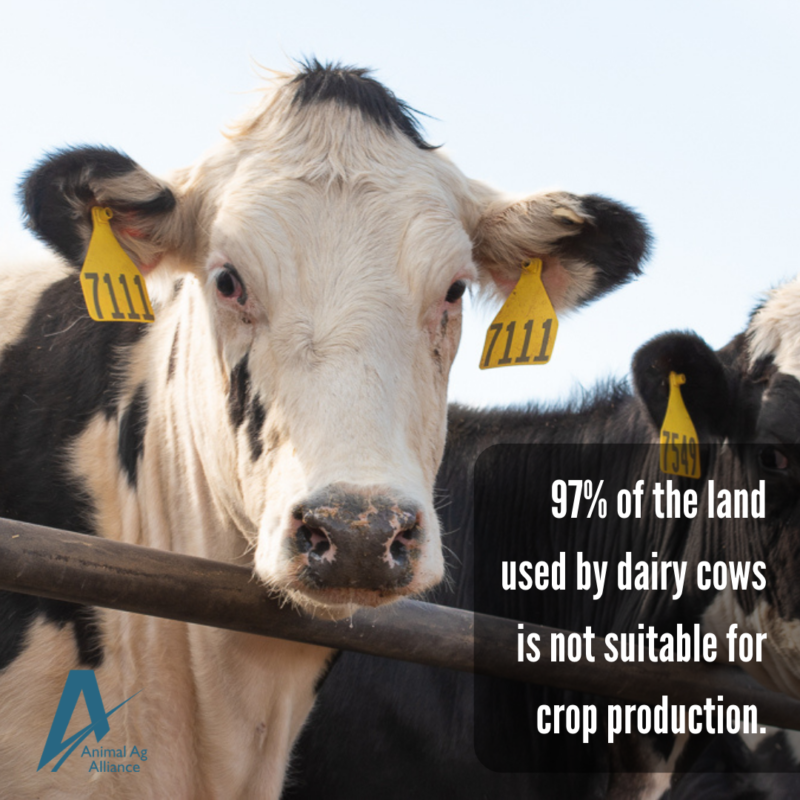
Did you know cattle are upcyclers? This means that they are able to use land unsuitable for growing crops and turn it into a nutrient-dense protein source! bit.ly/3sQZDtL

Sustainability is a continuous journey, not a destination. Every day, farmers and ranchers are working to reduce their environmental footprint even further. bit.ly/34wTBlx

Since 1975, farmers and ranchers raising beef cattle have improved practices and implemented new technologies to decrease methane emissions and their overall environmental impact. bit.ly/3mm5sgu
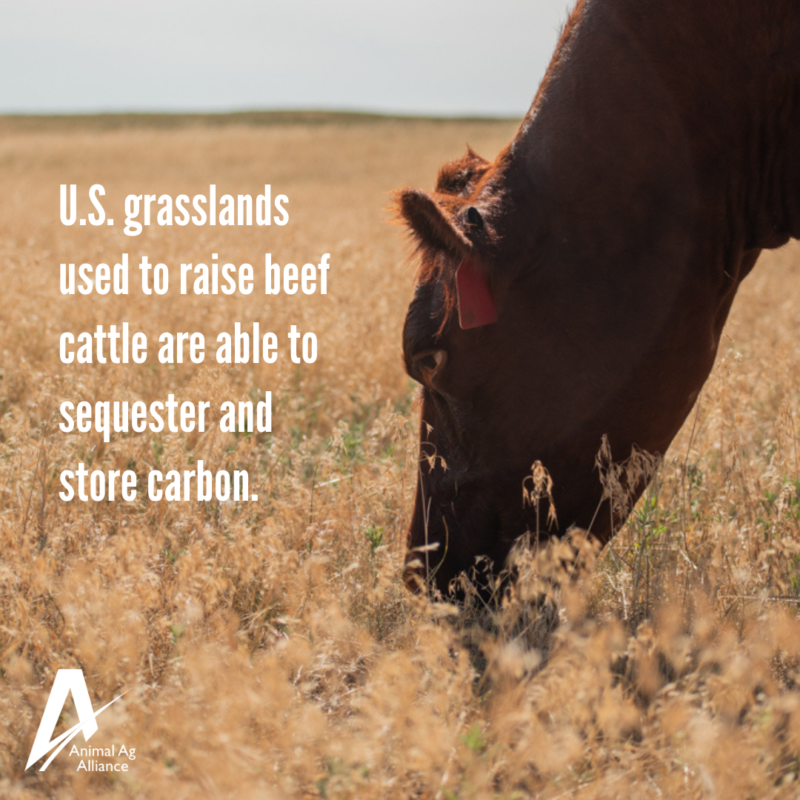
Beef cattle raised in the U.S. are able to sequester and store enough carbon equivalent to taking 5.76 billion cars off the road every year. https://bit.ly/3kCMeX3
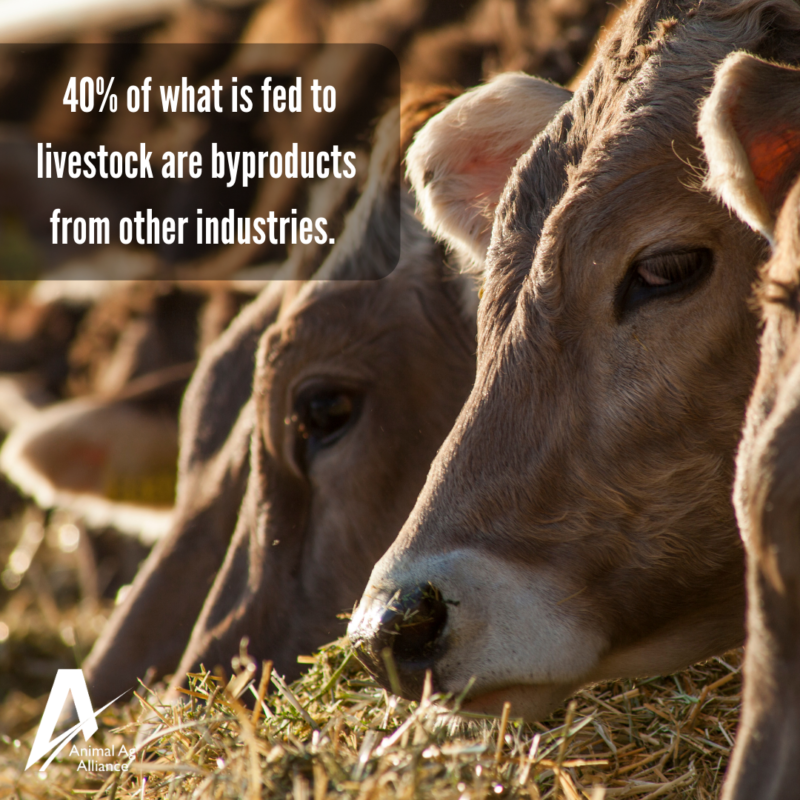
Livestock are able to eat byproducts not consumable by humans and upcycle them into a nutritious protein source. This helps to reduce waste from other industries and assists each of us in meeting our daily nutrition requirements. https://bit.ly/2Q1kRXe

The chicken community has been able to significantly reduce the use of water, farmland, electricity, greenhouse gasses, and other valuable resources. https://bit.ly/3misQvo

Over 95% of poultry litter is recycled and reused to fertilize crops. https://bit.ly/3tAWw9L
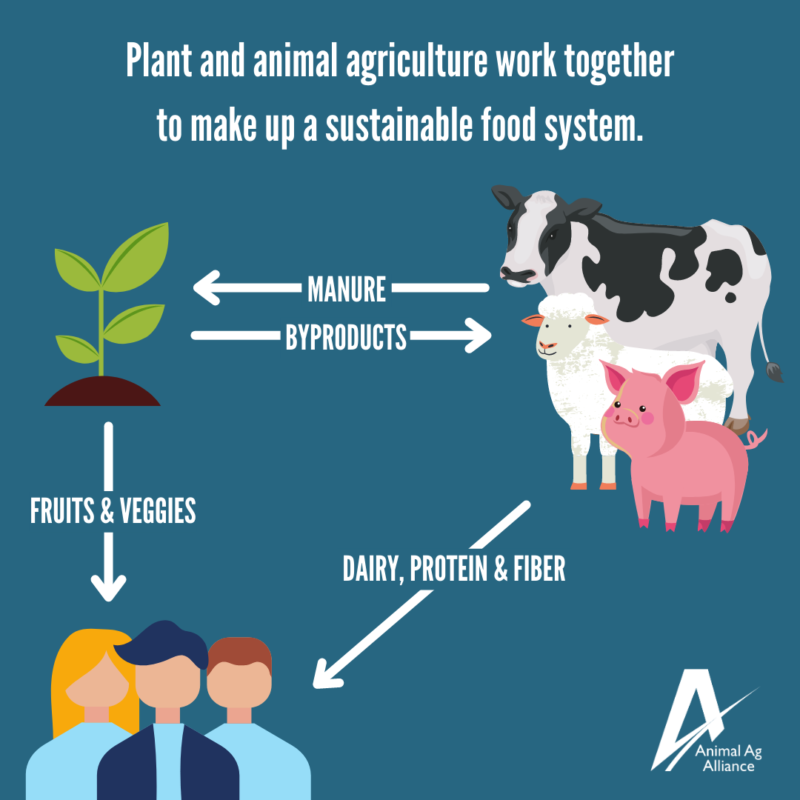
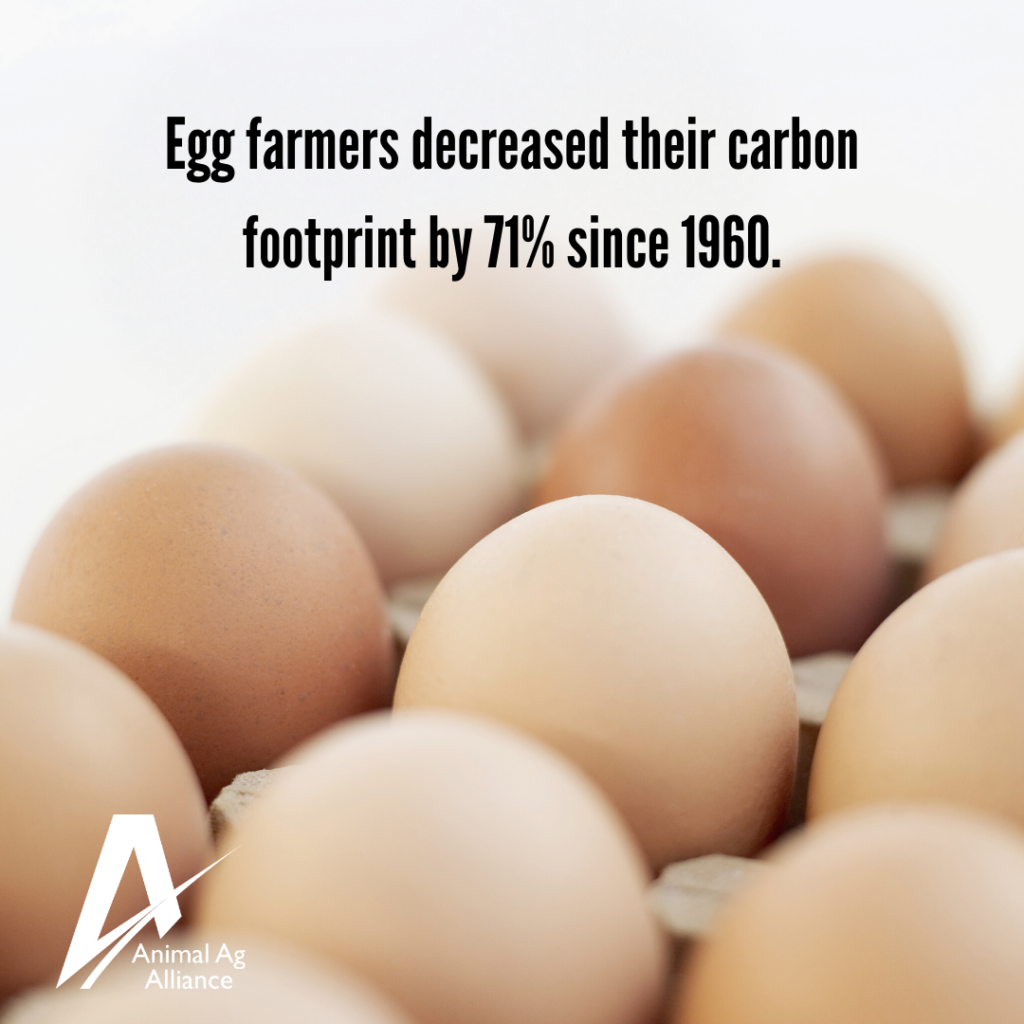
Compared to 1960, egg farmers have made significant strides in minimizing their environmental impact with the help of technological advancements and improved animal husbandry practices. https://bit.ly/3j9q26A

As a result of scientific advancements in beef cattle genetics, nutrition, production practices, and biotechnologies, the U.S. is a global leader in beef production efficiency. Talk about sustainability!
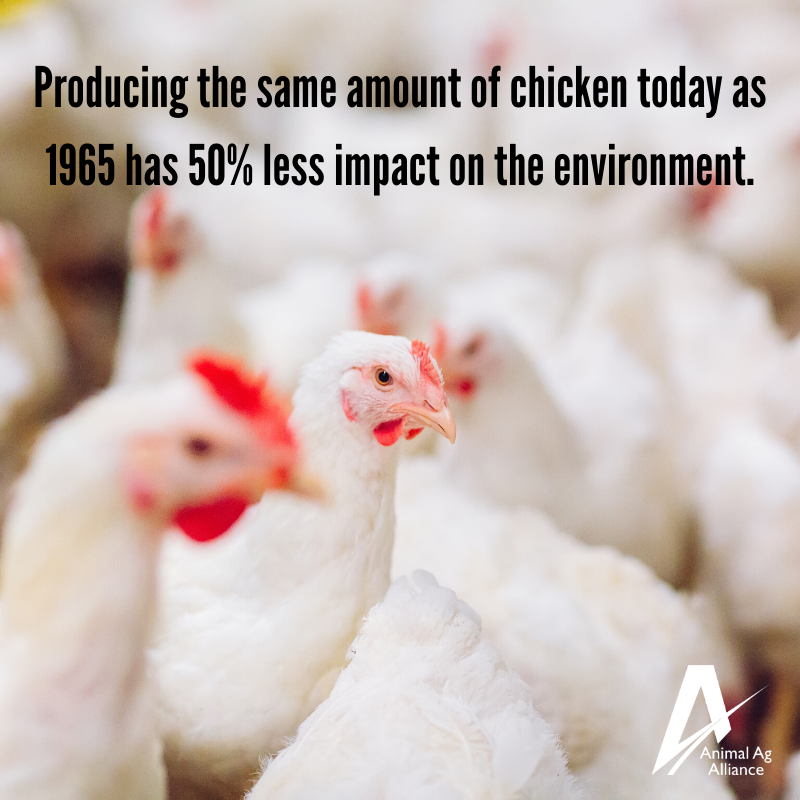
Chicken farmers are hard at work taking care of our environment! https://bit.ly/2TKTIYN
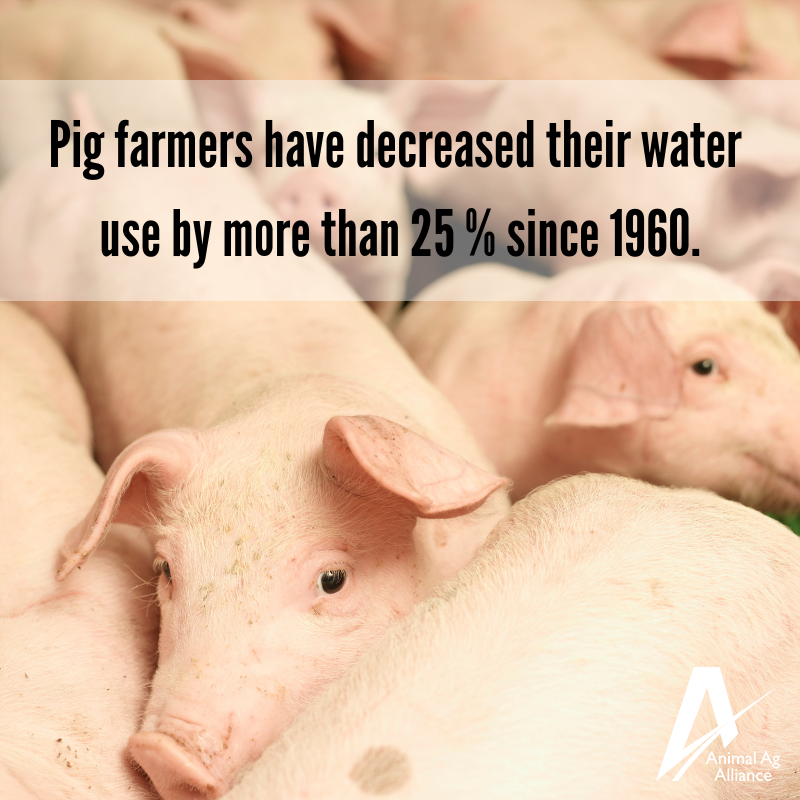
According to a new study, the inputs needed to produce a pound of pork in the United States became more environmentally friendly over time! https://bit.ly/2H8tTgB

Raise a glass to dairy farmers! As of 2007, producing a gallon has a 63% smaller carbon footprint than in 1944, thanks to improvements made in cow comfort, health, nutrition, and breeding. https://bit.ly/3Y3khWM
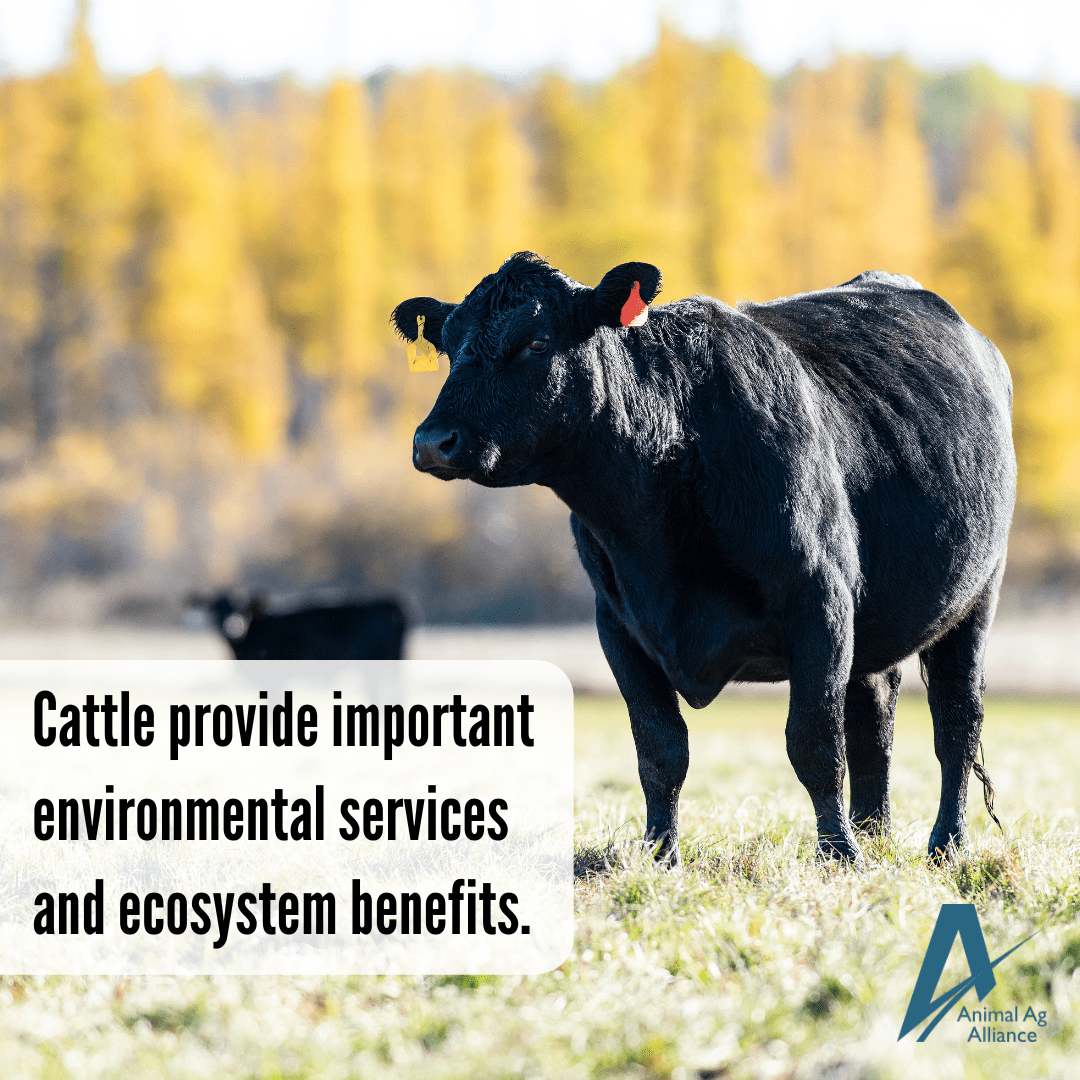 Did you know cattle provide important services to the environment? This includes ecosystem benefits like: mitigating the risk of wildfires, water regulation and purification on grazing lands, carbon sequestration, and providing wildlife habitat. http://bit.ly/2RQ89Kh
Did you know cattle provide important services to the environment? This includes ecosystem benefits like: mitigating the risk of wildfires, water regulation and purification on grazing lands, carbon sequestration, and providing wildlife habitat. http://bit.ly/2RQ89Kh

In California, Oregon, Washington and Canada, sheep grazing in forest plantations can double the number of healthy trees and increase each tree’s growth by 30 percent compared with areas not grazed! http://bit.ly/2pb6Shw

Between 1977-2007, cattle ranchers produced each pound of beef using 19 percent less feed, 33 percent less land, 12 percent less water. https://bit.ly/2GT5QAe

Cattle farmers and ranchers are not only managing their herd, they also manage the land! Grazing cattle provide ecosystem services, including making use of pastures that are not suitable for growing crops. http://bit.ly/3ADMr05

The carbon footprint per billion kilograms of beef produced in 2007 was reduced by 16.3% compared with equivalent beef production in 1977. Beef ranchers are committed to environmental stewardship! https://bit.ly/2GT5QAe
Category: Social Media
Tag: Environment, Social Media, Sustainability,
